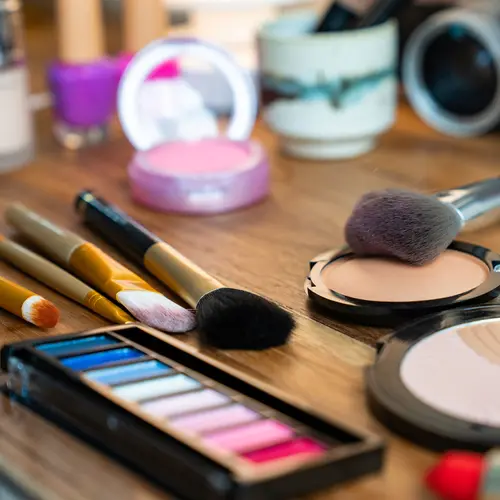When I was 11, my mother decided it was time to unburden my forehead of its uni-brow. Little did I know I should have run far away and taken the tweezers with me. For what seemed like hours, she skillfully plucked hair by hair as tears of pain streamed down my face. If only I’d known there was another way: waxing.
Waxing, like tweezing, does hurt, but the pain comes with every strip, not hair by hair. Waxing is also better than cream hair removers because there’s no smell and less of a chance you’ll wind up with a nasty red rash. Another bonus? Your legs or bikini line aren’t left full of nicks and cuts, unlike the occasional aftermath of shaving.
Unfortunately, squeezing in a trip to the salon for wax jobs can be tricky. You may not be able to land an appointment on the day you’re feeling hairy. But do-it-yourself waxing can be done anytime right in your own bathroom.
Home waxing products
Most over-the-counter waxes are a combination of beeswax and paraffin and come in microwaveable containers or containers that can be heated quickly on the stove. But they’re not your only option. Pre-coated wax strips are virtually mess-free, easy to clean up, and manageable for small areas such as brows and lips or for bikini line touch-ups. Water-soluble "sugar" products made from a sugar and water base are less sticky than traditional wax, so any excess washes off with soapy water. They’re also gentler on sensitive skin.
All-in-one at-home waxing kits are easy on your wallet and are typically less expensive than salon wax jobs. One of the biggest payoffs is the time span between touch-ups. Waxing keeps regrowth from showing up for about two weeks, unlike the shorter shelf life of a shave or tweezing. "[It’s] longer if you’re a routine waxer, because waxing weakens the hair follicle, and that slows the production of hair," New York esthetician Janet Chao says.
Get started with home waxing
Chao notes that at-home waxing kits are safe and effective but only if you follow instructions.
"Always do a test waxing and don’t ‘double-dip’ used applicators in the wax," she says. "That can cause an infection. Dead skin and dirt can clog pores, causing a bumpy, red rash, so you’ll want to exfoliate the day before you’re going to wax. For the best results, apply wax in the direction your hair grows and then remove it in the opposite direction of hair growth."
But don’t start slathering on wax quite yet. "Your hair has to be about one-quarter inch long, the length of a rice kernel, so the wax can grab it and pull it out at the roots," Chao says. That’s about seven days of growth on average. If your bikini line hasn’t been waxed or shaved in a while, Chao suggests trimming the hair to prevent a sticky mess.
Look for a perfume- and dye-free wax or one that says it’s hypoallergenic if you have sensitive skin.
When you’ve finished your waxing, apply facial toner that contains chamomile to soothe your skin and trim your chances of redness and swelling.


